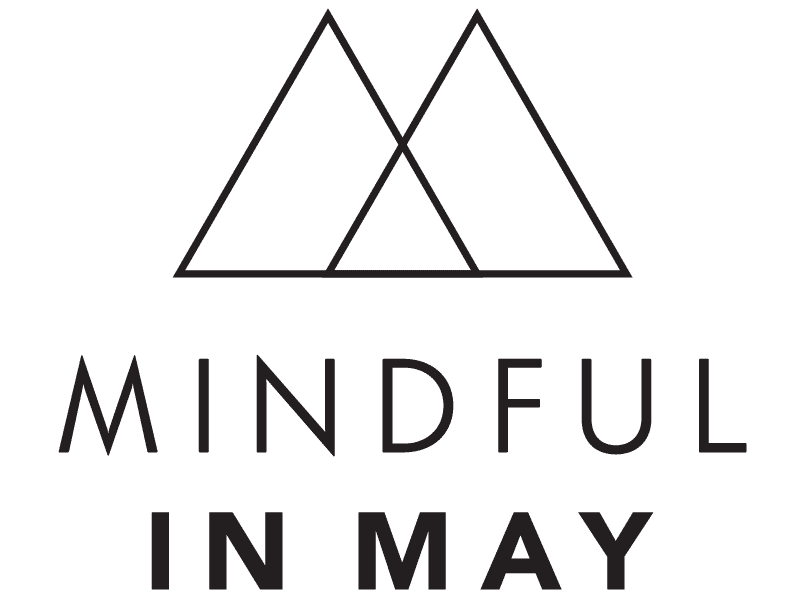Interview: Philip Stevens, mindful neurophysiologist
Philip Stevens is a consultant Neurophysiologist, Sleep Scientist, Certified Yoga Teacher, Life Member and Fellow of the “World Society For Clinical Yoga”. He has over 30 years of experience in classes, personal tuition & counselling in Yoga, Meditation, Relaxation and Stress Management (M.B.T.I. Accredited). He also has science degrees in Psychology and Physiology from the University of Adelaide, plus honours in Physiology, completed in The Centre for Sleep Research at The Queen Elizabeth hospital in Adelaide.
1. What led you to meditation?
2. What value has practising meditation brought to your life?
3. How has meditation supported you in your professional life?
4. What are the biggest obstacles to your practice?
5. What is a quote that most inspires you and why?
6. What is a book that has opened you to new ideas and inspired your growth and why?
“The Brain That Changes Itself” and “The Self-Aware Universe“. Both are about conscious awareness and ability to change an apparent reality by use of meditation and applied consciousness.
7. What Mindful Music do you listen to (ie. music that grabs your full attention and brings you into the moment).

"If we wish to be healthy, happy and clear-minded, we need to upgrade our “inner technology”of attention to meet the demands of our increasingly complex world. That's where mindfulness comes in.."
- DR ELISE BIALYLEW
about the HOST AND FOUNDER OF
MINDFUL IN MAY:
DR ELISE BIALYLEW
Elise Bialylew is the author of the bestselling book, The Happiness Plan, and founder of Mindful in May, the world’s largest online global mindfulness fundraising campaign.
A doctor trained in psychiatry, turned social entrepreneur and mindfulness expert, she’s passionate about supporting individuals and organisations to develop inner tools for greater wellbeing and flourishing, and offers workshops and training at The Mind Life Project.
Her work has been featured in the Huffington Post, New York Times and on Australian Television. She was recently recognised by the Australian Financial Review as a 2019 AFR Women of Influence.
Keep in touch with us
Sign up to access additional resources, mindfulness tips and to find out about upcoming events.
When you submit your email you are opting-in for our emails and relevant upcoming updates from Elise. You can unsubscribe any time.

